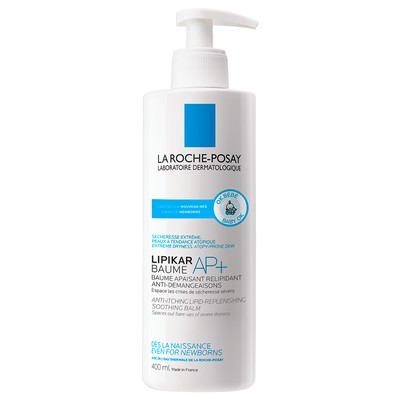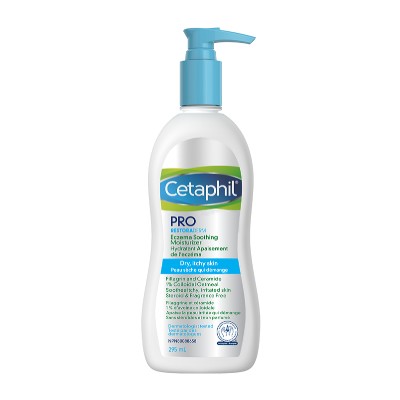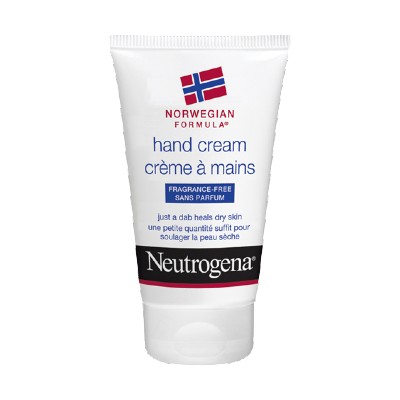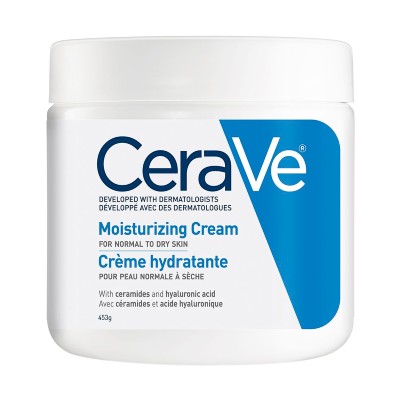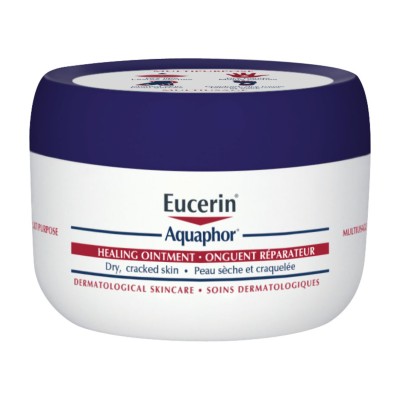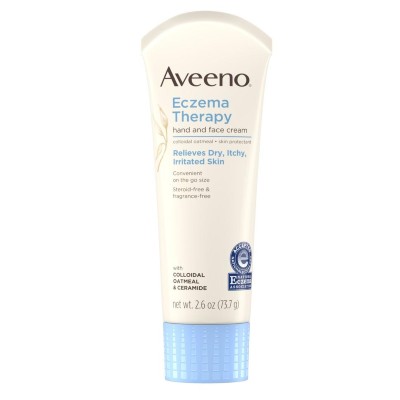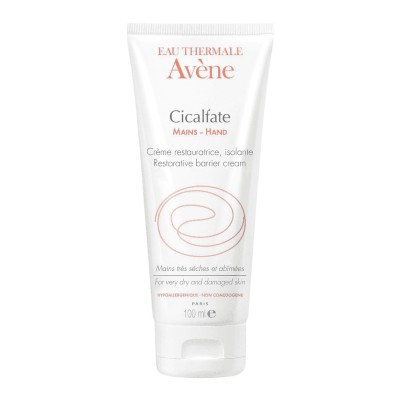Skincare
It's Not Just You: Everyone's Skin Is Freaking out Right Now
Breaking out? Eczema flaring up? Here's how to deal with skin irritations caused by wearing face masks, pandemic-related stress and frequent hand washing.
by : Sadaf Ahsan- Apr 21st, 2020

Two weeks into self-isolation I began to feel restless. I missed my friends and my usual routines, like going out for dinner and heading into the office. My skin wasn’t having it either. It felt drier, and every few days, a new blemish would appear. I had relocated to my parents house to isolate and was staying in my childhood bedroom. I felt like a teenager again in more ways than one.
If you’re experiencing breakouts:
I’m not alone in experiencing sudden skin changes during quarantine. According to Dr. Monica Li, a dermatologist at Vancouver’s City Medical Aesthetics Center and clinical instructor at the University of British Columbia, being indoors more often than usual, high stress levels and changes to our skincare routines can trigger breakouts. “The COVID-19 pandemic represents unprecedented times causing uncertainty and stress in many of our lives,” says Li. “As our largest visible organ, the skin can reflect internal changes in our body and mind affected by those sudden stressors. And individuals who regularly do facials or skin treatments are unable to continue with them due to clinics and medical spas closing their doors or being quarantined at home.” Stress can also contribute to flares of preexisting inflammatory skin conditions, such as eczema and rosacea.
Your diet, which may have changed during the pandemic, is another possible culprit. “There is some research that suggests acne can be flared by high glycemic index foods,” says Dr. Katie Beleznay, a Vancouver-based dermatologist, calling out sugar-laden foods and dairy, like skim milk.
While I have been looking for quick fixes, Beleznay advises against finding entirely new routines and abandoning old ones, which could result in additional breakouts. “Try to maintain a regular routine with cleansing, exfoliation and moisturizing,” says Li. Sunscreen is still important, she adds. “Although we are not outdoors much, blue light from laptops, phones and indoor lights can contribute to premature aging. These aging changes can lead to wrinkles, increased uneven pigmentation and greater skin laxity. At the very least, use a sunscreen with minimum SPF 30 and broad-spectrum protection.” Beleznay suggests layering an antioxidant, like topical vitamin C, underneath your sunscreen.
In addition to the above, the derms we spoke to recommend eating a balanced diet, hydrating (water, water, water!), avoiding excessive drinking (even if the situation seems to demand it) and sleeping seven to eight hours a night with consistent bedtime and waking hours. “For those who are acne-prone, use a retinol in the evening to turn over skin cells and even out and brighten skin tone,” suggests Beleznay.
If you’re experiencing irritation from masks:
Frontline workers using personal protective equipment (PPE), or even conscientious citizens wearing cloth or homemade masks when they cannot maintain the recommended 2 metres distance from others, may experience skin irritation and bruising. “Friction and pressure on the skin from mask wear, as well as the increased humidity and sweat over covered facial areas, can lead to skin irritation, breakouts, and even tears on the skin, which then breach its protective barrier function leading to increased risk of infection,” says Li, who notes they might also experience contact dermatitis, a type of skin inflammation.
At the time of the 2003 SARS epidemic, several cases of allergic contact dermatitis were found among physicians due to the formaldehyde textile resin contained in the scrubs and N95 masks they spent long days wearing, according to a Workplace Safety journal article published by Toronto dermatologist Sandy Skotnicki. “Maintaining a robust skin barrier as much as possible is an important proactive measure to try to help restore and repair the skin in these cases,” says Li. “The focus of skincare routines during these times of prolonged mask wear would be primarily to hydrate the skin. This includes using a gentle moisturizer before bedtime and 30 minutes prior to mask wear. Pick a gentle cleanser when washing the face to avoid further irritation to the skin. For those on acne or anti-aging skincare routines containing topical retinoids, salicylic acid or benzoyl peroxide, pausing their use would reduce potential skin irritation as these ingredients are meant to dry and exfoliate the skin.”
If you’re experiencing dry hands:
If you’ve been washing your hands as frequently as is recommended amid the pandemic, moisturize them just as much. Use bland emollients at least once daily, Li suggests, as “dry, cracked skin impairs a protective barrier function, increasing the risk of infection from bacteria and other germs.”
In cases where skin continues to flare up or if you’re uncertain of how to approach treatment, it is worth speaking to a doctor. While stopping by a clinic or your dermatologist’s office might not be an option right now, there are virtual consultations available.
READ MORE:
Three Highly Effective Ingredients to Include in Your Skincare Routine
Newsletter
Join our mailing list for the latest and biggest in fashion trends, beauty, culture and celebrity.
Read Next
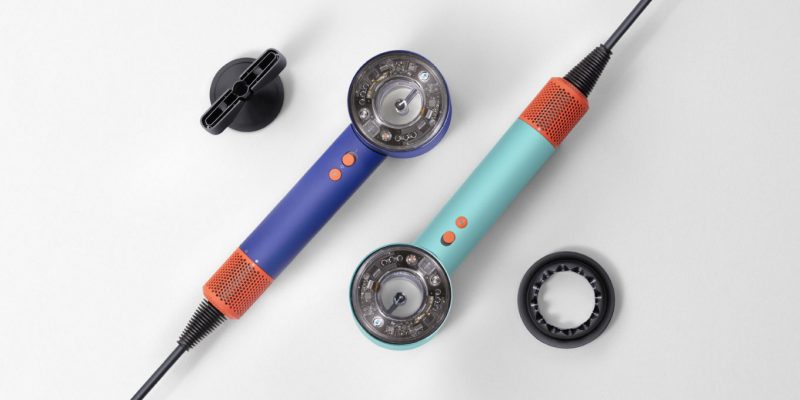
Beauty
Dyson Just Launched Its Most Intelligent Hair Dryer Yet
Get ready to upgrade your blowout game.
by : Lauren Knowles- Apr 25th, 2024

Fashion
Meredith Shaw and Penn Have Created a Plus-Size Summer Dress Collection That "Feels Like Candy"
Morning Show Host Meredith Shaw wants you to "see your summer" in this curated collection for sizes 14-32.
by : Allie Turner- Apr 25th, 2024

Culture
This University Elevates Women to New Professional Heights
You shouldn’t have to pause your life to move forward in your career.
by : ELLE Canada- Apr 16th, 2024

